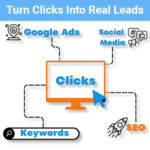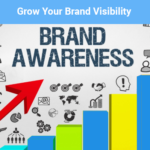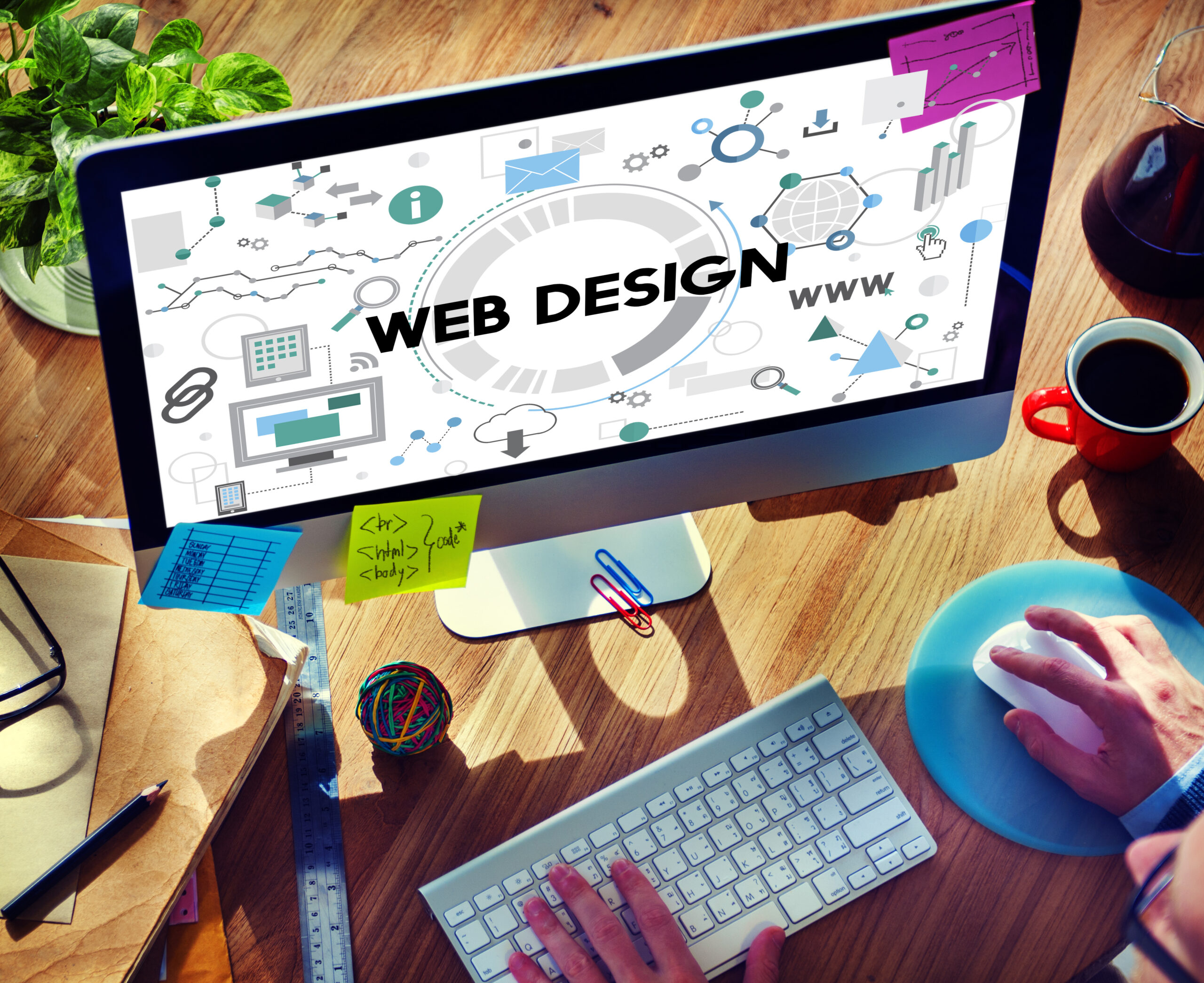What is a logo and how do you design it? A logo is a visual symbol that represents a company’s identity. It can be a combination of text, iconography, color, and design elements that together communicate a brand’s personality. Designing a logo involves creativity, strategy, and an understanding of your business’s mission, audience, and industry trends. At its core, a logo is not just art—it’s a tool for instant recognition and long-term brand recall. For any business, big or small, having a well-designed logo is essential. It sets the tone for your entire brand experience. In this guide, we’ll explore the most critical logo design guidelines along with key logo design principles and logo rules for branding that every business owner must know to create a powerful brand identity.
Why a Great Logo Matters
Your logo is the face of your business. It’s the first thing people notice and the one thing they remember—if done right. A great logo builds trust, creates emotional connections, and distinguishes your brand from competitors.
Here’s why a strong logo is non-negotiable:
- It builds brand recognition
- It establishes professionalism and credibility
- It ensures consistency across marketing platforms
- It enhances customer loyalty
In short, a logo is your brand’s silent ambassador.
Key Elements of a Great Logo
Understanding the elements of a strong logo helps in creating a design that’s both impactful and lasting. These are:
- Simplicity: Clean, uncluttered designs are easy to remember.
- Relevance: The design must reflect your brand’s purpose.
- Scalability: It should look good on both business cards and billboards.
- Versatility: Works across print, digital, and merchandise.
- Timelessness: Avoid trendy fads that date the logo quickly.
- Uniqueness: Stand out from competitors, not blend in.
Understanding Logo Design Guidelines
Logo design guidelines are the visual rules and specifications that define how a logo should be used. They help maintain consistency across all media and platforms.
These include:
- Minimum size requirements
- Clear space around the logo
- Color variations (full color, black, white)
- Logo positioning and alignment
- Do’s and Don’ts of logo usage
Having strict logo usage rules ensures cohesive branding through logo design, helping customers recognize your brand instantly.
Types of Logos Explained
Choosing the right type is key to your overall logo design strategy:
- Wordmarks: Text-only logos using the company name (e.g., Google)
- Lettermarks: Initial-based logos (e.g., IBM, HBO)
- Brandmarks: Icon or symbol-based (e.g., Apple)
- Combination Marks: Icon + text (e.g., Adidas)
- Emblems: Enclosed logos (e.g., Starbucks)
Each type serves a different branding need. Pick one that aligns with your industry, tone, and audience.
The Psychology of Colors and Fonts in Logos
Color and typography aren’t just design choices—they influence emotion and behavior.
Color Psychology:
- Red: Passion, energy, urgency
- Blue: Trust, professionalism, calm
- Green: Growth, nature, freshness
- Black: Sophistication, luxury, power
Font Psychology:
- Serif fonts: Traditional, reliable
- Sans-serif fonts: Modern, clean
- Script fonts: Elegant, creative
Strategic use of colors and fonts enhances the effectiveness of your logo and aligns with logo rules for branding.
Common Logo Design Mistakes to Avoid
Even the best ideas can go wrong if these mistakes are made:
- Overcomplicating the design: Too much detail makes it hard to scale.
- Following trends blindly: What’s popular today might look outdated tomorrow.
- Ignoring brand values: A flashy logo with no relevance to your mission can confuse your audience.
- Poor font choices: Avoid hard-to-read or overused fonts.
Stick to core logo design principles to ensure your logo serves your brand—not hurts it.
Logo Design Process for Business Owners
Here’s a simplified version of a professional design process:
- Research & Brand Discovery: Understand your business values, goals, and audience.
- Competitor Analysis: Know what others are doing—and how you can stand out.
- Sketching & Brainstorming: Put initial concepts on paper.
- Digital Design & Prototyping: Use tools like Adobe Illustrator or Figma.
- Feedback & Revisions: Test and refine based on team/client feedback.
- Final Delivery & Guidelines: Export files in multiple formats with full logo design guidelines.
DIY vs Professional Logo Design
DIY Tools (like Canva or Wix):
- Cheap or free
- Good for startups with minimal budgets
- Limited customization
Professional Design Services:
- Strategic and unique design
- Comes with complete branding kit
- Long-term value
If your brand vision is serious, investing in a professional designer or agency is a smart move for solid branding through logo design.
How Logo Design Supports Branding and SEO
You may not associate logos with SEO, but the connection is real.
- Favicon optimization: Helps with brand recall and CTR
- Consistent branding: Builds trust across web and social
- Alt tags for logo images: Assist in search engine visibility
- Page load speed: Optimized logos reduce load time
Your logo design strategy should consider these elements for stronger online performance.
Real-World Examples of Effective Logos
- Nike: Simple swoosh, strong identity—timeless.
- FedEx: Uses negative space to hide an arrow—brilliant design.
- Dropbox: Rebranded with a minimalist icon, improving scalability and appeal.
Each of these follows clear logo design guidelines and reflects the company’s mission and values visually.
A well-designed logo isn’t just art—it’s your business’s visual handshake with the world. By following solid logo design guidelines, using proven logo design principles, and focusing on the elements of a strong logo, you set the foundation for long-term success. Whether you go the DIY route or invest in professional help, a thoughtful logo can be one of the most powerful tools in your branding toolbox.
Remember, good branding starts with a great logo—and a great logo starts with the right strategy.
FAQs
- What are the essential logo design guidelines every brand should follow?
Consistency, clear space, color variations, and proper usage are essential. - How many types of logos are there?
There are five main types: wordmarks, lettermarks, brandmarks, combination marks, and emblems. - Can a logo influence customer behavior?
Yes, through color, shape, and style, logos trigger emotional responses and trust. - Is it worth hiring a professional logo designer?
Absolutely. You get strategic, high-quality design with long-term value. - How does a logo affect SEO?
Optimized logos improve branding consistency, alt tag visibility, and user experience.










